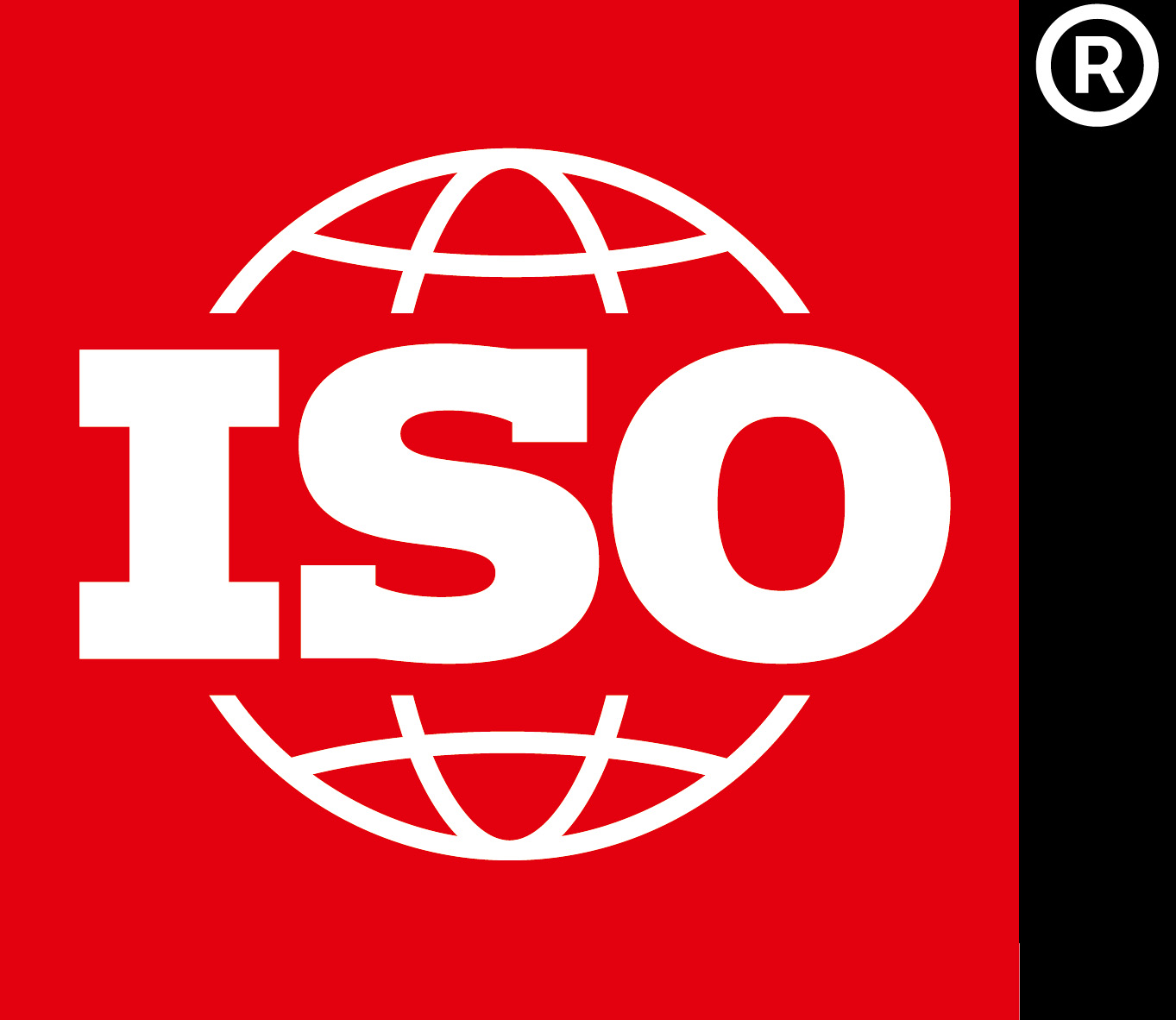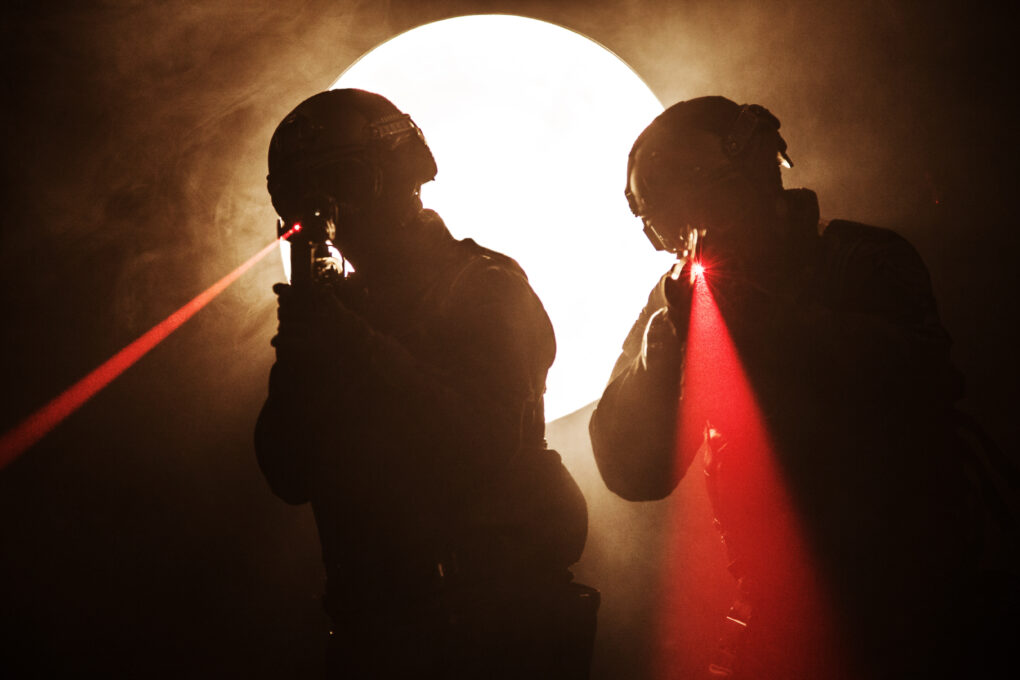Infrared laser classification determines how these lasers can be safely used. This article explains the different classes of infrared lasers, their potential risks, and the necessary safety precautions. By reading this, you’ll understand how classifications influence laser applications in various industries.
Infrared Laser Classification Overview
Laser classification is crucial for evaluating the risk that infrared lasers pose to biological tissue, such as eyes or skin. This system underwent a revision in 2001 leading to the introduction of new categories like Classes 1M, 2M, and Class 3R while eliminating the previously existing Class 3A. The American National Standards Institute (ANSI) Z136.1 standard establishes these classifications within the United States.
The categorization hinges on Accessible Emission Limits (AEL), which consider various factors including exposure duration, radiation wavelengths, cross-sectional area, and laser output energy. These parameters are essential components of robust laser safety programs aimed at minimizing hazards associated with laser use.
Classifications Based on Wavelength Range
Infrared lasers are categorized based on the spectrum of their wavelengths, extending from the near-infrared (NIR) to the far-infrared segments. These lasers exhibit a wide wavelength range that spans from 700 nanometers up to 1 millimeter. This variation significantly affects both their classification and the required safety protocols, particularly noticeable with mid-infrared lasers used in various industrial and medical applications which operate within a range of 3 to 8 micrometers.
The distinct categories defined by each laser’s wavelength not only determine their use but also dictate specific safety measures necessary for handling them. Every particular band within this spectrum brings its own set of risks as well as advantages, thereby necessitating appropriate protective procedures and equipment dedicated to ensuring secure usage across diverse situations.
Types of Infrared Lasers
The spectrum of infrared lasers is categorized into several bands: Near-Infrared (NIR), Short-Wave Infrared (SWIR), Mid-Wave Infrared (MWIR), Long-Wave Infrared (LWIR), and Far Infrared (FIR). The near-infrared band, ranging from 700 nm to 1400 nm, sees widespread use in the realms of medical devices and telecommunications due to its prowess in effectively transmitting data.
Mid-wave pulsed lasers, with wavelengths extending from 1400 nm to 3000 nm, are primarily employed for their precision capabilities within industrial cutting as well as spectroscopy-based material analysis.
At even greater wavelengths beyond 3000 nm, there are far-infrared lasers that are integral in applications such as remote sensing and thermal imaging. These higher wavelength ranges render them particularly suitable for various industrial activities like welding and precise cuts.
A thorough comprehension of the distinct kinds of infrared lasers along with their respective uses plays a critical role in upholding safety measures. Given each type’s distinctive function, tailored safety guidelines must be followed diligently to mitigate potential risks associated with these powerful tools.
Safety Standards for Infrared Lasers
Standards for laser safety are designed to avert risks to health and potential fire dangers. They do so by classifying lasers, determining crucial parameters, and putting in place appropriate safety precautions. Bodies such as ANSI and the IEC establish these protocols, which provide an international framework for laser product classifications.
Dedicated laser safety officers are responsible for providing instruction on these standards and verifying adherence to established procedures. Firms like Steele Industries Inc., particularly with their infrared laser offerings, adhere rigorously to these safety guidelines to safeguard those who use their products.
IEC 60825-1 Standard
The revised system for classifying lasers, as stipulated in the IEC 60825-1 standard, prioritizes safety during the utilization of infrared lasers. This includes procedures for determining maximum permissible exposure (MPEs), which are crucial to maintaining safe practices.
By following the guidelines set forth by the IEC 60825-1 standard, individuals who use infrared lasers can effectively mitigate the risks associated with their operation.
ANSI Z136.1 Standard
The ANSI Z136.1 standard prescribes secure operational procedures for a range of lasers, such as those that emit infrared light. It underscores the importance of taking into account specific requirements related to wavelength and power for their safe and efficient operation.
Adhering to the guidelines set out in the ANSI Z136.1 standard reduces the risks associated with laser hazards, thereby safeguarding users’ well-being.
Infrared Laser Classes and Risks
The classification of infrared lasers is determined by their ability to inflict biological harm, taking into account variables such as the duration of exposure and the wavelength. This categorization provides users with knowledge about potential dangers to the skin and eyes. For instance, Class 4 infrared lasers present considerable risks, including injuries and hazards related to fire.
It’s essential for selecting an appropriate laser for a particular use case that one comprehends how biological damage from lasers can occur through thermal effects, acoustic energy, or photochemical reactions. The extent of this damage hinges on factors like how long one is exposed to the beam, its specific wavelength, and the size of the body area impacted.
In making a selection amongst available infrared lasers individuals must have a comprehensive grasp on both its assigned class along associated risks including those pertaining specifically to safety concerns around fire hazards.
Class 1 Infrared Lasers
Under normal circumstances, class 1 infrared lasers are considered safe due to their low power emission. For sufficient protection, personal protective equipment should be appropriately selected based on the laser class.
Class 1M Infrared Lasers
Laser diodes, fiber communication systems, and laser speed meters all utilize Class 1M lasers, which are considered safe for direct eye exposure but can pose risks if observed through optical instruments such as magnifying lenses.
Class 3B Infrared Lasers
Infrared lasers of class 3B are particularly hazardous as they can lead to severe retinal damage because the eyes do not absorb infrared light, which is invisible. These beams also carry a high risk of causing eye injuries and skin burns if there’s direct contact, potentially resulting in significant harm to the skin.
Potential Hazards of Infrared Lasers
Class 3B lasers pose hazards that include the potential for eye damage and skin burns, to Class 4 lasers have a heightened risk of causing significant injuries to both eyes and skin. As such, it is crucial to exercise prudence due to their ability not only to harm people but also to elevate fire risks.
To mitigate these dangers associated with infrared lasers, implementing robust safety protocols is imperative. These measures are vital in safeguarding against mishaps and bodily harm stemming from the use of class 3B and other powerful lasers.
Eye Exposure Risks
Lasers that produce near-infrared radiation have a wavelength range of about 750 nm to 1400 nm, creating substantial risks for eye safety. Laser radiation is particularly dangerous because the eyes can concentrate the beams into very small spots, which could lead to intense retinal burns and blindness—even if the lasers are low-powered.
For this reason, it’s essential to wear protective eyewear when operating or being in proximity to near-infrared lasers due to these hazards.
Skin Damage and Fire Hazards
Exposure to high-power infrared lasers can result in severe thermal damage to the skin, with injuries ranging from mild first-degree burns to more serious conditions. It’s essential to take measures that protect against direct exposure and reflections of laser beams due to their ability for both thermal and photochemical harm.
Given that laser light can ignite combustible materials that are potentially hazardous, there is a considerable risk of fire hazards associated with these beams.
Safety Measures for Infrared Lasers
Standards for laser safety, such as IEC 60825-1, provide critical guidelines to reduce the health hazards posed by lasers in different applications. Adhering to these standards is essential for safeguarding both users and the surrounding environment.
To ensure ongoing laser safety, it is important to have written standard operating procedures (SOPs) in place.
Use of Protective Equipment
When handling infrared lasers, particularly Class 3B and 4 varieties, the utilization of protective gear like goggles is essential to ensure safety. This eyewear must be chosen with an emphasis on absorbing laser-specific wavelengths and factoring in optical density (OD) for sufficient protection. This is even more critical when using optical instruments.
The selection of appropriate protective equipment tailored to both the type and class of the laser being used is imperative to enhance safety measures effectively and reduce potential hazards.
Implementing Safety Protocols
Safety is enhanced by incorporating interlocks, which are circuits designed to halt the laser beam whenever specific conditions aren’t satisfied. Lasers of Class 3B and Class 4 usually feature a connection for an external interlock circuit. To Improve safety, some systems are programmed to automatically deactivate the laser when unsafe conditions arise, thereby preventing operation under potentially hazardous circumstances.
Role of a Laser Safety Officer
A laser safety officer is responsible for maintaining a secure environment by ensuring that laser operations adhere to the necessary safety protocols and regulations. They also provide safety training to ensure compliance with these standards.
Choosing the Right Infrared Laser
When selecting an infrared laser, one must evaluate the device’s power output, wavelength specifications, and intended application to confirm compliance with necessary safety regulations and classification criteria.
Steele Industries Inc. offers state-of-the-art infrared laser systems that are engineered for accurate targeting purposes while prioritizing advanced technological solutions within a framework of enhanced safety features through their cutting-edge laser system.
Evaluating Laser Output Energy
It is essential to assess the output energy of a laser as it dictates both its classification and the necessary safety protocols. Lasers with higher levels of output energy, such as those in Class 3B, carry increased risks for skin and eye damage. Hence they necessitate stringent adherence to safety precautions.
Comprehending the consequences of a laser’s output energy enables individuals to follow established safety guidelines properly and mitigate potential dangers effectively.
Considering Application-Specific Needs
When selecting an infrared laser, it is essential to take into account the particular needs related to wavelength and power for its intended use. The requirement for certain wavelengths and power levels can determine which laser will be most suitable for different applications.
The selected infrared laser must match up with the required power specifications to fulfill specific demands when dealing with high-power lasers in various applications.
Steele Industries Inc.’s Infrared Laser Products
Steele Industries Inc. offers an extensive array of infrared laser products suitable for a variety of uses while placing a strong focus on safety through compliance with industry standards and regulations during their production processes.
Product Range Overview
Steele Industries Inc. is renowned for its high-quality infrared laser products that are specifically crafted to meet the demands of military and law enforcement operations. Notably, the B.E. Meyers MAWL-DA and MAWL-ER models deliver potent infrared illumination suitable for a variety of specialized tasks. The B.E. Meyers MAWL-C1+ stands out as an advanced infrared laser with a class 1+ designation, offering users multiple modes for various operational scenarios.
Designed to provide superior long-distance lighting in dimly lit environments, the Class 3B MAWL-ER model excels in its role within tactical missions conducted by military personnel and law enforcement officers where targeting accuracy and reliable performance are crucial necessities. These state-of-the-art infrared lasers serve as essential tools in ensuring precision during critical moments.
Commitment to Safety and Standards
Steele Industries maintains a firm commitment to laser safety by aligning its laser products with military specifications, such as MIL-STD-810G, guaranteeing environmental robustness. The company’s dedication is Demonstrated through compliance with universally accepted laser safety protocols. This rigorous adherence ensures that all of its infrared laser offerings not only comply with but exceed strict safety regulations, safeguarding both the operators and end-users.
Through this steadfast devotion to meeting high standards of safety and quality control, Steele Industries has become a reputable entity in the realm of infrared lasers. Their portfolio showcases an amalgamation of cutting-edge technology seamlessly integrated with comprehensive safety measures.


